Anger is a natural and complex human emotion. It is typically characterized by strong feelings of displeasure, hostility, or irritation in response to a perceived threat, injustice, frustration, or provocation. Anger can manifest in various ways, from mild irritation to intense rage, and it often involves both emotional and physiological responses.
It’s important to note that while anger is a common and natural emotion, how it is expressed and managed can vary widely among individuals. Some people with controlled sensed and state of mind may effectively manage and express their anger in constructive ways, while others with uncontrolled senses and desires may struggle with controlling it, leading to negative consequences for themselves and those around them. Anger is a complex emotion in the modern psychological perspective. It often arises in response to perceived threats, injustices, or frustrations. It can have both positive and negative aspects. Positive aspects include providing a way to express negative feelings and motivating individuals to address problems or injustices. However, excessive or uncontrolled anger can lead to harmful consequences. Physiologically, anger triggers the body’s fight-or-flight response, which can increase blood pressure, heart rate, and the release of stress hormones. These physical changes can impair cognitive functioning, making it challenging to think clearly and rationally. Over time, chronic anger can contribute to various health problems, including heart disease, depression, and strained relationships
Key characteristics of anger include:
- Emotional State: Anger is marked by a distinct emotional state, which may include feelings of annoyance, resentment, indignation, or fury.
- Cognitive and Behavioral Responses: When people experience anger, they may have negative thoughts, exhibit aggressive or confrontational behavior, or experience the urge to retaliate.
- Physiological Changes: Anger can trigger physiological responses such as an increased heart rate, elevated blood pressure, muscle tension, and the release of stress hormones like adrenaline and cortisol. These changes prepare the body for the “fight or flight” response.
- Expressive Behavior: Anger can be expressed verbally or non-verbally through facial expressions, body language, tone of voice, and sometimes even physical aggression.
- Subjective Experience: People experiencing anger often perceive a threat, injustice, or frustration, whether real or perceived. The intensity of anger can vary from mild annoyance to intense rage, depending on the individual and the situation.
Anger in the Bhagavad Gita: The Bhagavad Gita, a 700-verse Vedic scripture that is part of the ancient historic epic Mahabharata, offers valuable insights into anger from a spiritual, mental, behavioral and philosophical perspective.
In Bhagavad Gita Chapter 2, Verse 62, Lord Krishna explains the origins of anger, attributing it to uncontrolled desires and attachments.
dhyāyato viṣayān puṁsaḥ saṅgas teṣūpajāyate
saṅgāt sañjāyate kāmaḥ kāmāt krodho ’bhijāyate
While contemplating the objects of the senses, a person develops attachment for them, and from such attachment lust develops, and from lust anger arises.
When viewed from a modern psychological perspective, this explanation can be understood as follows:
Desires: Desires are an intrinsic part of human nature, representing our aspirations, needs, and life goals. Desire, in and of itself, is a natural and motivating emotion, driving us to pursue various objectives in life, whether they involve material possessions, personal achievements, relationships, or other aspects of our existence.
Attachments: Attachments denote the emotional bonds we form with people, objects, or specific outcomes associated with our desires. Attachments can be positive, such as nurturing relationships, or negative, as seen in an obsessive attachment to material possessions. Positive attachments often bring joy and fulfillment, while negative attachments can lead to distress when they are jeopardized or unfulfilled.
Anger’s Connection: From a contemporary psychological standpoint, anger can surface when obstacles or hindrances obstruct the realization of our desires or threaten our attachments. It’s crucial to note that the desire or attachment itself is the direct cause of anger; it is the frustration or perceived threat to these desires and attachments that triggers anger. When we encounter obstacles or feel that something is impeding the achievement of our desires, we may respond with anger.
For instance, if an individual possesses a strong desire for a job promotion (desire) and has developed an emotional attachment to the idea of attaining it (attachment), they may experience anger when they believe the promotion has been unfairly denied or blocked by external factors.
In this manner, the modern psychological perspective aligns with the Bhagavad Gita’s viewpoint that anger arises from desires and attachments.
What do revered scriptures say about anger?
The Bhagavad Gita, specifically in Chapter 16, verses 1, 2, and 3, provides insights into how revered scriptures characterize anger and its consequences. These verses describe the divine and demoniac qualities, with anger being classified as one of the demoniac traits.
śhrī-bhagavān uvācha
abhayaṁ sattva-sanśhuddhir jñāna-yoga-vyavasthitiḥ
dānaṁ damaśh cha yajñaśh cha svādhyāyas tapa ārjavam
ahinsā satyam akrodhas tyāgaḥ śhāntir apaiśhunam
dayā bhūteṣhv aloluptvaṁ mārdavaṁ hrīr achāpalam
tejaḥ kṣhamā dhṛitiḥ śhaucham adroho nāti-mānitā
bhavanti sampadaṁ daivīm abhijātasya bhārata
The Supreme Divine Personality said: O scion of Bharat, these are the saintly virtues of those endowed with a divine nature—fearlessness, purity of mind, steadfastness in spiritual knowledge, charity, control of the senses, sacrifice, study of the sacred books, austerity, and straightforwardness; non-violence, truthfulness, absence of anger, renunciation, peacefulness, restraint from fault-finding, compassion toward all living beings, absence of covetousness, gentleness, modesty, and lack of fickleness; vigor, forgiveness, fortitude, cleanliness, bearing enmity toward none, and absence of vanity.
Here’s an overview:
Bhagavad Gita Chapter 16, Verse 1: In this verse, Lord Krishna begins by describing the divine and demoniac qualities. He explains that divine qualities lead to liberation and a peaceful state of existence, while demoniac qualities lead to bondage and suffering.
Bhagavad Gita Chapter 16, 2: Verse 16.2 specifically mentions some of the demoniac qualities. It states that pride, arrogance, and anger are among these qualities. These attributes are seen as destructive and antithetical to spiritual growth.
Bhagavad Gita Chapter 16, Verse 3: In this verse, it is emphasized that individuals possessing these demoniac qualities are deluded and live in ignorance. They engage in actions that cause harm to themselves and others, leading to suffering and misery.
The teachings of the Bhagavad Gita, particularly in these verses, highlight the detrimental nature of anger when it is a part of the demoniac qualities. It is considered a source of delusion, suffering, and bondage, hindering one’s material, emotional, financial, social and spiritual progress and well-being. The text encourages individuals to cultivate divine qualities and transcend these negative attributes, including anger, in their pursuit of spiritual and moral development.
Consequences of Anger
The Bhagavad Gita, in Chapters 2 and 16, provides profound insights into the consequences of anger, emphasizing the detrimental impact it can have on an individual’s development and well-being :
krodhād bhavati sammohaḥ sammohāt smṛiti-vibhramaḥ
smṛiti-bhranśhād buddhi-nāśho buddhi-nāśhāt praṇaśhyati
Anger leads to clouding of judgment, which results in bewilderment of memory. When memory is bewildered, the intellect gets destroyed; and when the intellect is destroyed, one is ruined.
In this verse, Lord Krishna outlines a chain of consequences that stem from anger. The sequence goes as follows:
From anger, complete delusion arises: Anger can cloud one’s judgment and perception, leading to confusion and a distorted view of reality.
From delusion, bewilderment of memory: The state of delusion can further erode one’s ability to recall and process information accurately.
When memory is bewildered, intelligence is lost: As memory and cognitive faculties are impaired, one’s ability to think and make rational decisions is compromised.
And when intelligence is lost, one falls down again into the material pool: Ultimately, the loss of intelligence and clarity can result in a return to a state of ignorance and entanglement in the cycle of material existence.
This verse underscores the grave consequences of unchecked anger, which can lead an individual away from spiritual growth and deeper into worldly confusion and suffering.
This verse further emphasizes the destructive nature of anger. It states that anger is one of the gateways to hell and leads to the degradation of the soul. In the context of Chapter 16, which distinguishes between divine and demoniac qualities, anger is classified as a demoniac trait. It is believed that indulging in anger and other negative qualities hinders one’s spiritual progress and can lead to a state of suffering or spiritual decline.
In summary, the Bhagavad Gita highlights that anger, if not managed and transcended, can lead to a chain of negative consequences, including delusion, memory loss, the erosion of intelligence, and a return to the cycle of material existence. Furthermore, it categorizes anger as one of the gateways to hell and underscores its role in degrading the soul, emphasizing the importance of controlling and transcending this powerful emotion in the pursuit of spiritual growth and well-being.
How to overcome Anger?
śrī-bhagavān uvāca
prajahāti yadā kāmān sarvān pārtha mano-gatān
ātmany evātmanā tuṣṭaḥ sthita-prajñas tadocyate
The Supreme Personality of Godhead said: O Pārtha, when a man gives up all varieties of desire for sense gratification, which arise from mental concoction, and when his mind, thus purified, finds satisfaction in the self alone, then he is said to be in pure transcendental consciousness.
In this verse from Bhagavad Gita Chapter 2, Verse 55, Lord Krishna imparts valuable wisdom on how to overcome anger by drawing a parallel to the behavior of a tortoise. Let’s explore this advice and its implications for anger management:
“When one can completely withdraw the senses from the sense objects, as a tortoise withdraws its limbs into the shell, then their anger is controlled.” This verse suggests two essential practices for managing and overcoming anger:
Sense Control: The verse recommends withdrawing the senses from sense objects. In the context of anger management, this implies that one should exercise control over their sensory perceptions and reactions. It encourages individuals to practice self-restraint and not be overly influenced or agitated by external stimuli that may trigger anger.
Detachment: The simile of the tortoise withdrawing its limbs into its shell symbolizes detachment. Detachment involves maintaining emotional distance from external events and not letting them affect your inner state. By detaching from the outcomes and desires that often fuel anger, one can regain emotional balance and reduce the likelihood of succumbing to anger.
The combination of sense control and detachment can be a powerful strategy for managing anger effectively. By consciously controlling one’s reactions to sensory stimuli and cultivating detachment from the things that typically provoke anger, individuals can develop a calmer and more balanced response to challenging situations. This approach aligns with many modern psychological and mindfulness techniques used in anger management, emphasizing self-awareness, self-regulation, and emotional detachment as tools to handle anger in a healthier way.
Feats of overcoming anger:
The Bhagavad Gita, in Chapters 2 and 5, provides profound insights into what one achieves by overcoming anger. Overcoming anger is associated with a state of inner peace, wisdom, and liberation from suffering. Let’s delve into these verses to understand the significance of anger management in the context of the Bhagavad Gita:
kāma-krodha-vimuktānāṁ yatīnāṁ yata-cetasām
abhito brahma-nirvāṇaṁ vartate viditātmanām
Those who are free from anger and all material desires, who are self-realized, self-disciplined and constantly endeavoring for perfection, are assured of liberation in the Supreme in the very near future.
This verse from Bhagavad Gita 5.26 describes the state of a person who is free from anger. Such an individual is not disturbed in mind even in the face of the “threefold miseries,” which often refer to the suffering caused by one’s own body and mind (adhyatmika), external elements (adhibhautika), and supernatural forces (adhidaivika). This person is also not elated by happiness, free from attachment, fear, and anger, and is called a “sage of steady mind.”
In this context, overcoming anger is associated with achieving a state of equanimity. Such an individual remains unperturbed by external circumstances, whether they bring suffering or joy. This state of inner peace and steadiness of mind is highly valued in spiritual and philosophical traditions, as it reflects a deeper understanding of the transient nature of life and a sense of detachment from the material world.
duḥkheṣv anudvigna-manāḥ sukheṣu vigata-spṛhaḥ
vīta-rāga-bhaya-krodhaḥ sthita-dhīr munir ucyate
One who is not disturbed in mind even amidst the threefold miseries or elated when there is happiness, and who is free from attachment, fear and anger, is called a sage of steady mind.
Bhagavad Gita Chapter 2, Verse 56 speaks to the qualities of a person who is not disturbed by the incessant flow of desires and remains unshaken by anger. Such an individual is characterized as a person of “steady wisdom.”
In this verse, steady wisdom implies having a clear and unclouded perception of reality. Overcoming anger and desires enables an individual to attain a more profound wisdom, marked by a balanced and calm approach to life’s challenges. It reflects an understanding that the external world and its ever-changing circumstances do not disturb the inner peace and clarity of one’s mind.
In summary, the Bhagavad Gita emphasizes that by overcoming anger, one achieves inner peace, steady wisdom, and liberation from the suffering caused by attachments and desires. It underscores the importance of self-control, detachment, and maintaining a tranquil mind as pathways to transcend the destructive effects of anger and to attain a higher state of spiritual and emotional well-being.
Hare Krishna.
Published on: Brahmacari, S. K. D. Navigating the Shadows of Society, Modern Woes: Insights and Solutions.2023.JF Inc..
Views: 47

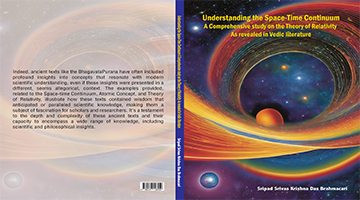
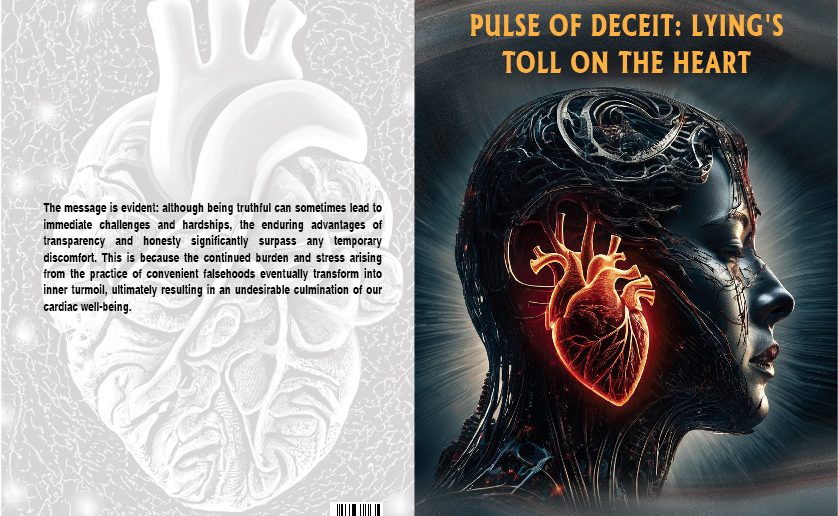
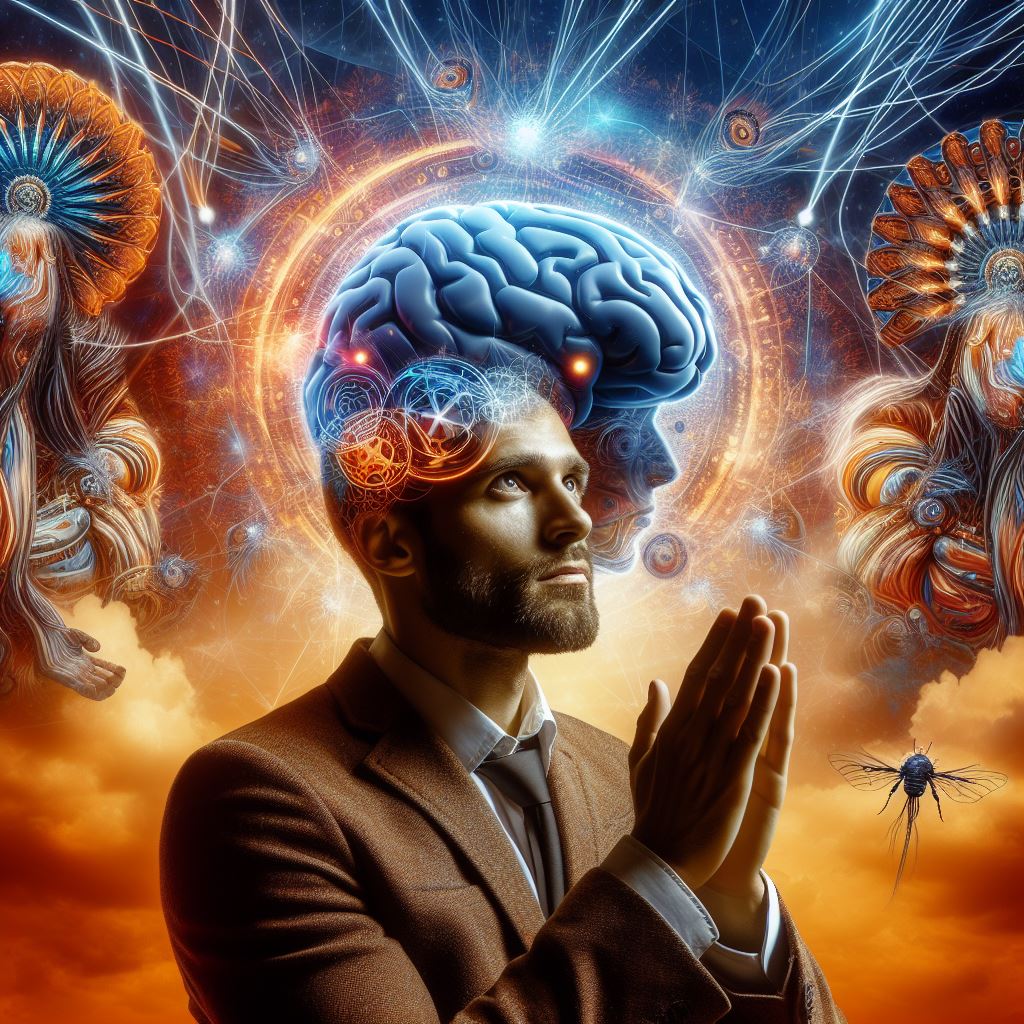








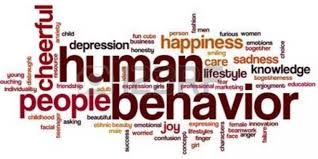

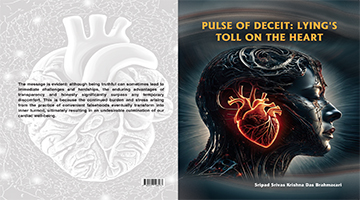



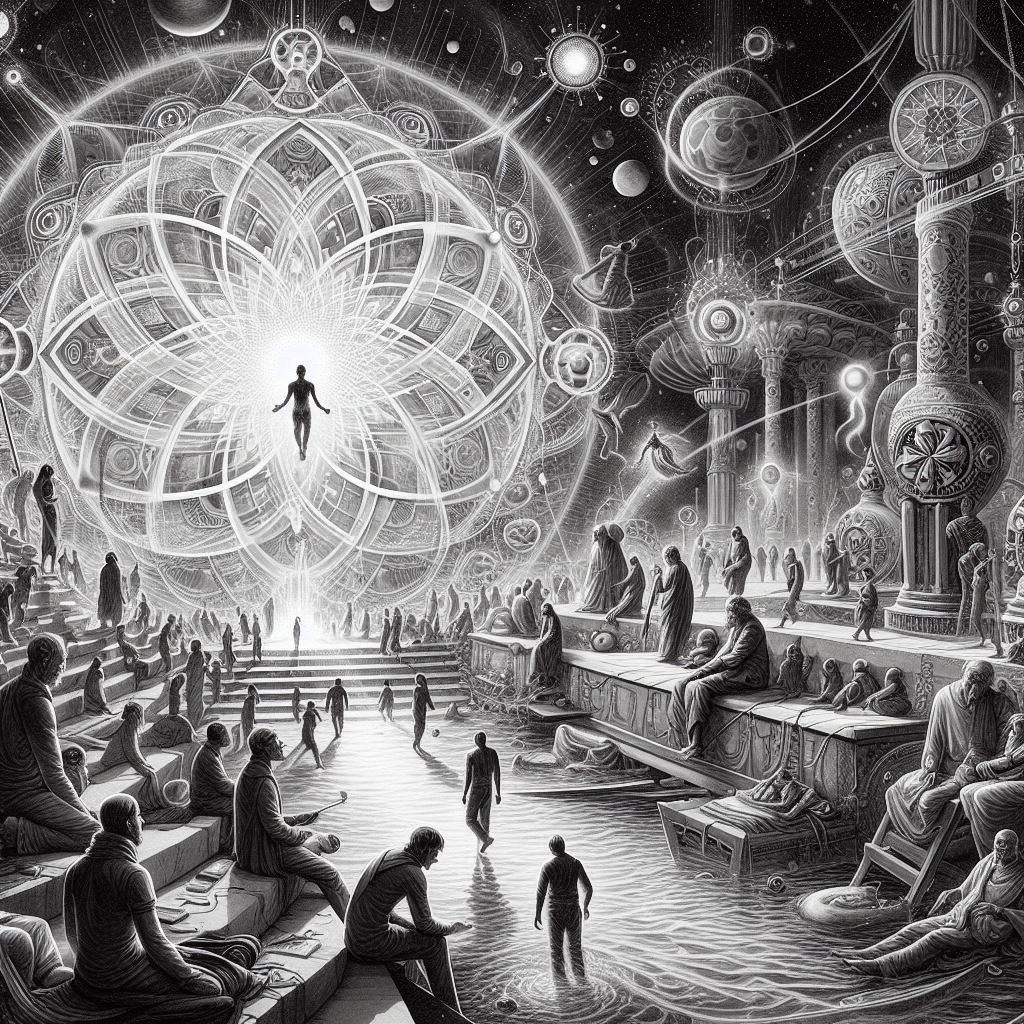


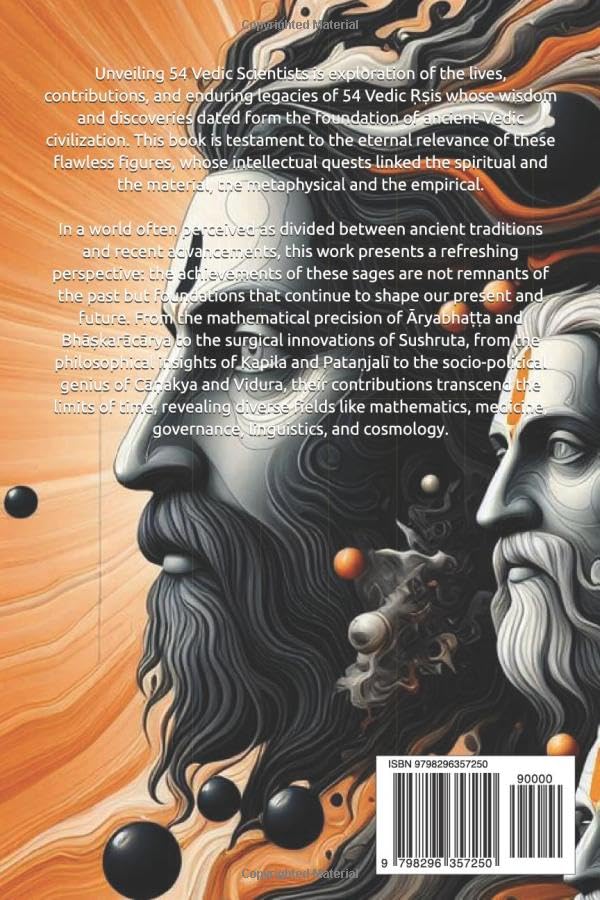


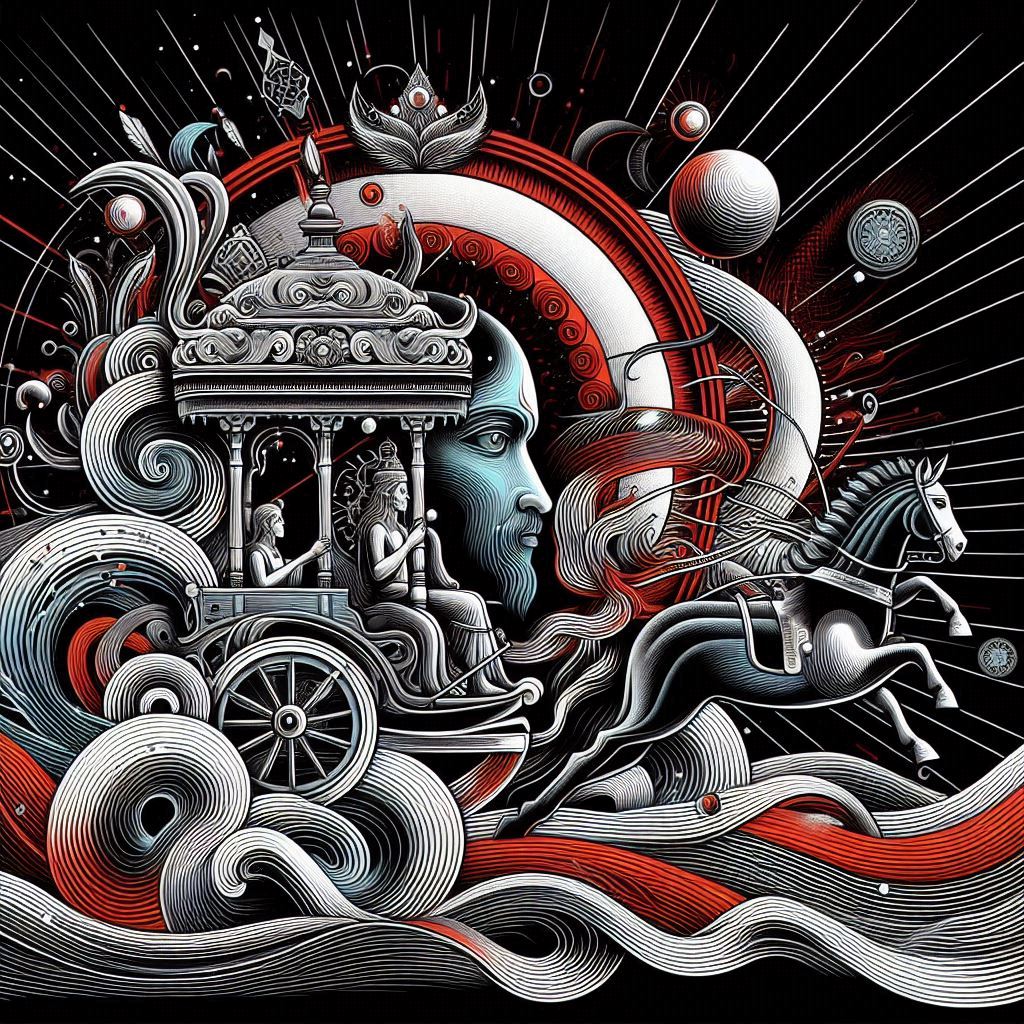






Origin of Science
The Psychospiritual Roots of Crime
Unveiling 54 Vedic Scientists
The Existence of the Soul: Exploring Neuroscience, Quantum Physics and Vedic Philosophy
Temporal Relativity in Vedic Literature: An Interdisciplinary Analysis of Time Dilation Narratives
Acharya Kaṇāda: The Ancient Sage Who Discovered the Atom
Evidence of Vedic Sanātana Hinduism as a Global Dharma
Perception of Quantum Gravity and Field Theory in the Vedas
String Theory as Mentioned in Veda
Sanskrit’s Role in Advancing AI: A Comprehensive Study
The Vedic Model of the Mind: A Contemporary Exploration
Vedic Contributions to Geometry: Unveiling the Origins of Mathematics
Matter and Consciousness in Achintya Bhedābheda: Bridging with Quantum Physics